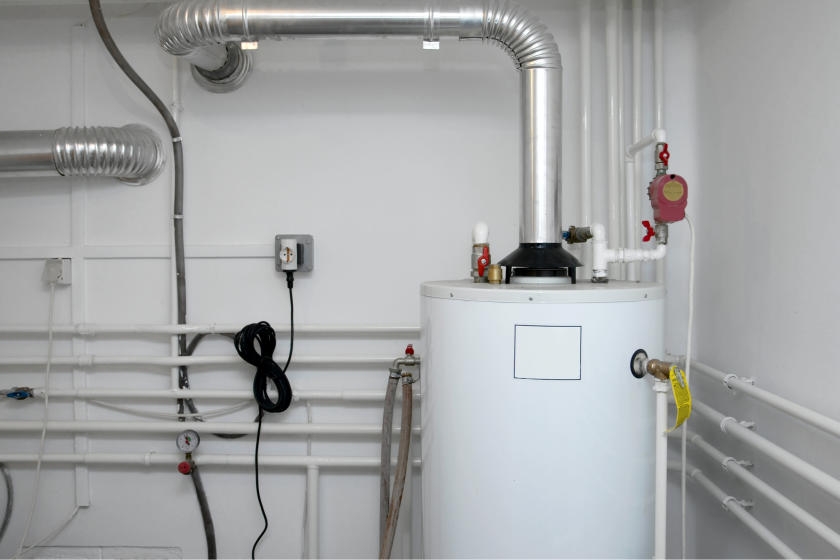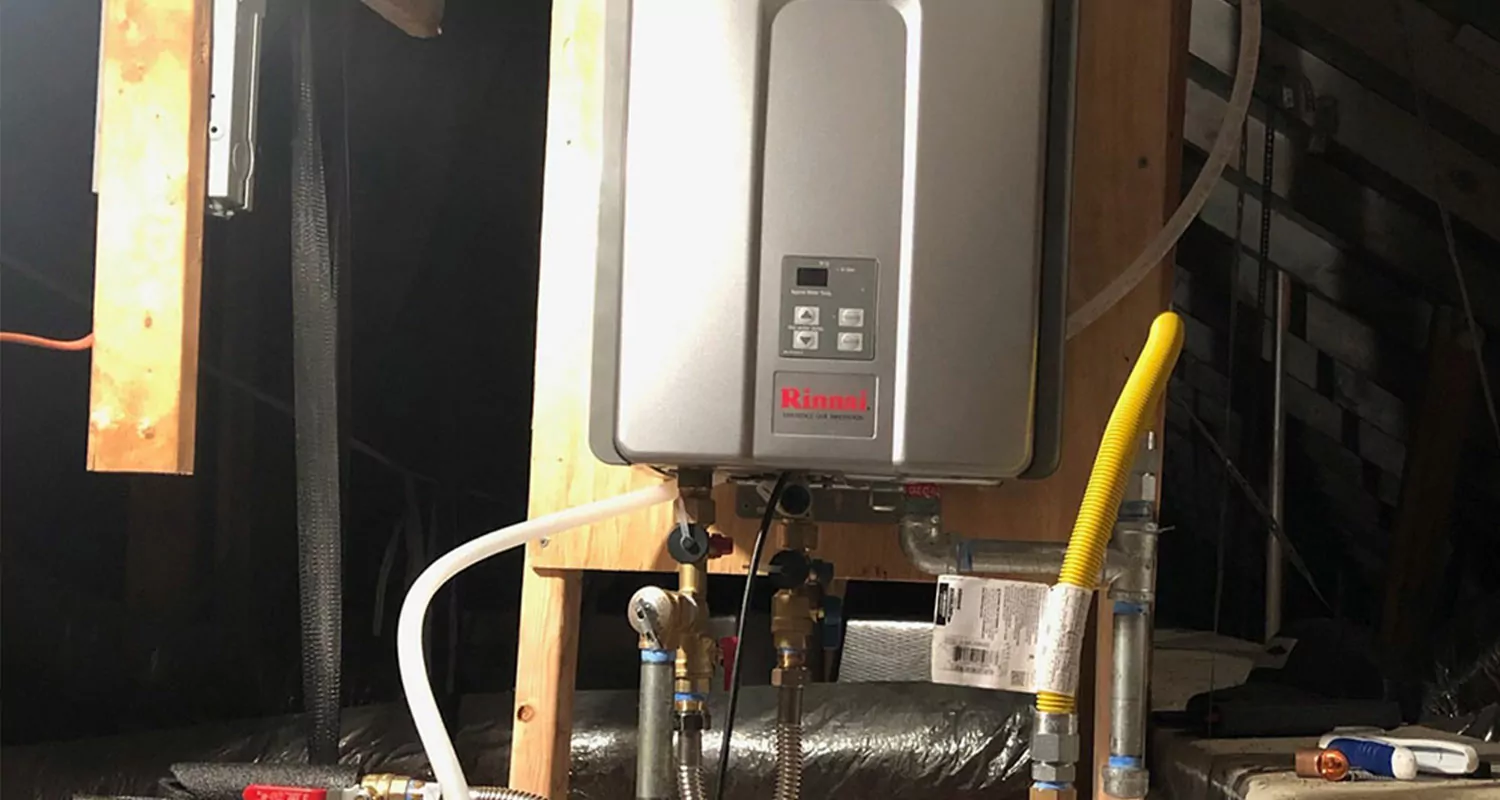Maintaining Your Home's Hot Water System: Essential GuidelinesSimple Methods to Care for Your Home's Hot Water System Effectively
Maintaining Your Home's Hot Water System: Essential GuidelinesSimple Methods to Care for Your Home's Hot Water System Effectively
Blog Article
We have stumbled on the article involving What Kind of Maintenance Do Water Heaters Need? down the page on the net and accepted it made sense to share it with you on this page.

Warm water is crucial for everyday convenience, whether it's for a refreshing shower or washing recipes. To guarantee your warm water system runs effectively and lasts much longer, normal maintenance is crucial. This post gives sensible suggestions and understandings on just how to maintain your home's warm water system to prevent disturbances and pricey repair work.
Intro
Preserving your home's warm water system might seem difficult, yet with a few easy actions, you can guarantee it operates smoothly for years to come. This overview covers every little thing from recognizing your hot water system to DIY upkeep pointers and recognizing when to call professional help.
Significance of Preserving Your Hot Water System
Routine upkeep not just extends the life-span of your warm water system yet additionally guarantees it operates effectively. Ignoring upkeep can bring about reduced performance, greater power bills, and even early failing of the system.
Indicators Your Warm Water System Demands Maintenance
Understanding when your warm water system requires focus can stop significant concerns. Keep an eye out for indicators such as irregular water temperature, unusual noises from the heating system, or corroded water.
Comprehending Your Hot Water System
Before diving right into maintenance tasks, it's useful to comprehend the fundamental elements of your hot water system. Generally, this includes the hot water heater itself, pipelines, anode poles, and temperature level controls.
Regular Monthly Upkeep Tasks
Routine regular monthly checks can help capture small problems before they escalate.
Flushing the Hot Water Heater
Purging your hot water heater gets rid of debris accumulation, improving efficiency and prolonging its life.
Monitoring and Changing Anode Rods
Anode poles stop rust inside the tank. Inspecting and changing them when broken is vital.
Examining and Readjusting Temperature Level Settings
Adjusting the temperature level setups makes sure ideal performance and safety and security.
Do It Yourself Tips for Maintenance
You can perform numerous upkeep tasks yourself to maintain your warm water system in leading problem.
Looking for Leakages
On a regular basis evaluate pipelines and links for leakages, as these can cause water damages and greater bills.
Testing Stress Alleviation Valves
Examining the stress safety valve guarantees it works properly and prevents extreme stress build-up.
Insulating Pipes
Shielding warm water pipes decreases warmth loss and can conserve energy.
When to Call an Expert
While do it yourself upkeep is advantageous, some problems call for specialist proficiency.
Complex Problems Needing Specialist Aid
Examples include major leaks, electric troubles, or if your hot water heater is consistently underperforming.
Routine Professional Maintenance Perks
Specialist upkeep can consist of thorough evaluations, tune-ups, and guaranteeing compliance with security requirements.
Final thought
Routine upkeep of your home's warm water system is crucial for performance, long life, and cost savings. By following these tips and knowing when to seek professional help, you can ensure a reputable supply of hot water without unforeseen interruptions.
Water Heater Maintenance Tips
Test the TPR Valve
Shut off the power and the cold-water supply valve. Place a bucket under the pipe connected to the temperature-pressure-release (TPR) valve on the top or side of the tank. (This valve opens if the tank pressure gets too high.) Lift the valve’s tab to let some water out, then let go. If water keeps flowing, drain the tank partway, unscrew the old valve with a pipe wrench, and install a new one. Check the Anode Rod
Put a hose to the tank’s drain cock and let out a few gallons of water. Now fit a 1 1/16-inch socket onto the rod’s hex head on top of the heater (or under its top plate) and unscrew the rod. If it’s less than ½ inch thick or coated with calcium, buy a new one, wrap its threads with Teflon tape, put it back in the tank, and tighten securely. Use this segmented rod if headroom above the tank is limited. Drain the Tank and Wash Out Sediment
Drain the remaining water in the tank into the bucket, then stir up the sediment on the tank’s bottom by briefly opening the cold-water supply valve. Drain and repeat until clean water comes out of the hose. Close the drain cock, refill the tank, and turn its power back on. Adjust the Temperature
Find the temperature dial on the side of the tank and unscrew its cover. Adjust the dial to 120 degrees using a flathead screwdriver. For every 10 degrees the temperature is lowered, you can expect to save up to 5 percent in energy costs. Turn the water heater off or the thermostat down to its lowest setting if you plan to be away from home for more than three days. Insulate the Pipes
Buy some self-sticking 3/8-inch-thick foam pipe insulation that matches the pipes’ diameter. Slide the foam over the hot-and cold-water pipes as far as you can reach. Insulating the cold-water pipe prevents condensation in summer. Peel the tape and squeeze the insulation closed. If the pipe is 6 inches or less from the flue, cover it with 1-inch-thick unfaced fiberglass pipe wrap. https://www.thisoldhouse.com/plumbing/21016402/how-to-maintain-a-water-heater

Hopefully you liked our topic about Tips on Maintaining a Water Heater. Thank you so much for taking a few minutes to read our posting. Those who enjoyed our page please consider to pass it around. Many thanks for your time. Don't forget to check our blog back soon.
Click Report this page